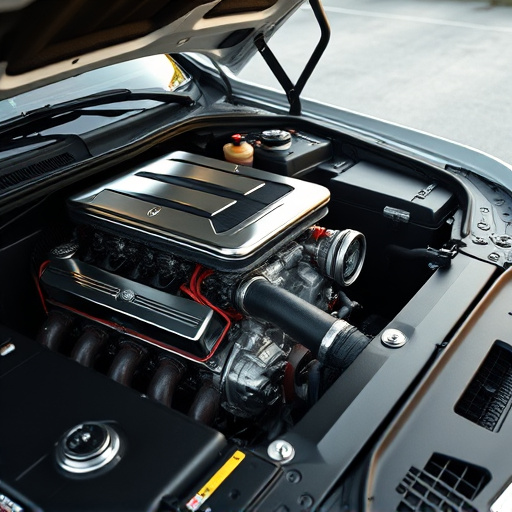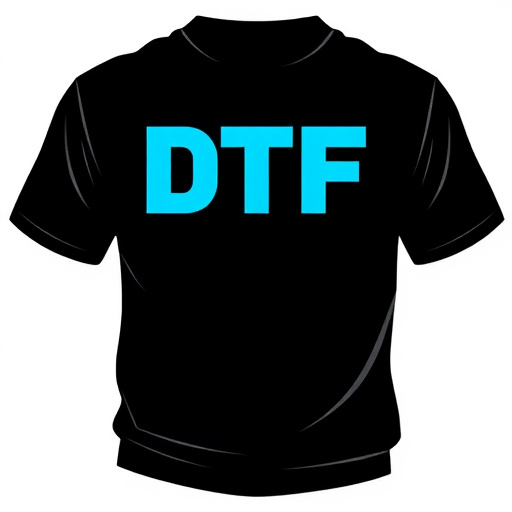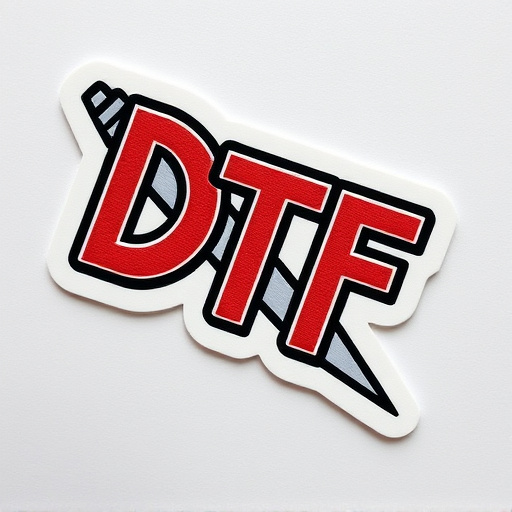Successfully creating DTF transfers ready to press requires understanding ink/film combinations, design optimization, and proper substrate preparation. Common issues like misalignment, ink bleeding, and delamination stem from incompatible materials, low-quality paper, or incorrect machine settings. Systematize troubleshooting by verifying paper quality, calibrating printer settings, inspecting designs, cleaning the press, and using high-resolution images for consistent, high-quality DTF transfer results.
Are you facing issues with your DTF transfers ready to press? This comprehensive guide delves into the intricacies of common problems and provides effective troubleshooting strategies. From understanding the fundamentals of DTF transfer basics to identifying and rectifying issues like misalignments, color inconsistencies, and printing errors, this article equips you with the knowledge to streamline your printing process. Get ready to perfect your DTF transfers every time.
- Understanding DTF Transfer Basics
- Common Issues and Their Causes
- Effective Troubleshooting Strategies
Understanding DTF Transfer Basics

The DTF (Direct-to-Film) transfer process is a popular method for printing on various materials, especially for creating custom designs on clothing and accessories. When preparing for a DTF transfer ready to press, understanding the fundamentals is key to ensuring successful results. This technique involves applying a thin layer of heat-transferring ink directly onto a film, which is then cured using UV light. The image is subsequently transferred to the desired substrate, typically fabric, through heat and pressure.
For those looking to create personalized items like direct to film personalized hoodies or explore the art on lighter fabrics using dtf printing for light fabrics, getting the basics right is crucial. This includes selecting the appropriate DTF ink and film combination, ensuring the design is optimized for the transfer process, and preparing the substrate by cleaning and properly drying it. By grasping these fundamentals, users can navigate common issues like a cold peel DTF transfer and achieve high-quality prints on their chosen materials.
Common Issues and Their Causes

When preparing DTF transfers ready to press, several common issues can arise due to various factors. One frequent problem is misalignment during application, often caused by improper placement of the design on the heat transfer paper or a slight wobble while pressing. This simple mistake can result in an uneven print, with parts of the graphic missing or smudged. Another prevalent issue is ink bleeding or smearing, particularly when using certain types of ink or paper combinations. This is commonly attributed to incompatible materials or inadequate heat application during the press cycle.
Additionally, poor quality dtf for Custom graphic tees can lead to delamination, where the ink layer separates from the carrier sheet, making it difficult to transfer a crisp image. Using subpar dtf heat transfer paper may also cause uneven heating, resulting in shadows or missed areas of the design after pressing. Moreover, improper heat press settings, such as incorrect temperature or pressure, can contribute to these issues, leading to either incomplete transfers or excessive fusing of the ink and fabric, creating an unsightly appearance.
Effective Troubleshooting Strategies

When facing issues with DTF transfers ready to press, adopting effective troubleshooting strategies can significantly streamline the process. Begin by double-checking the quality and compatibility of your DTF heat transfer paper; even a minor defect or incorrect type can cause problems. Ensure that all settings on your printer are correctly calibrated for DTF printing for t-shirts, including temperature, pressure, and application time.
Visual inspection of the design is crucial. Check for any misalignments, pixelation, or distortion in the image. These issues often arise from corrupt files or incorrect scaling. Using high-resolution images and verifying the dimensions against your print specifications can prevent such problems. Additionally, cleaning the press and heat press plate regularly with appropriate solvents prevents buildup of residual ink or paper, ensuring crisp and consistent transfers every time.
When encountering issues with DTF transfers ready to press, a solid understanding of the process and effective troubleshooting strategies are key. By identifying common problems like misalignment, ink bleeding, or file format incompatibilities, and applying targeted solutions, you can streamline your printing workflow. Remember, proactive measures and quick thinking can prevent delays and ensure high-quality prints every time.














